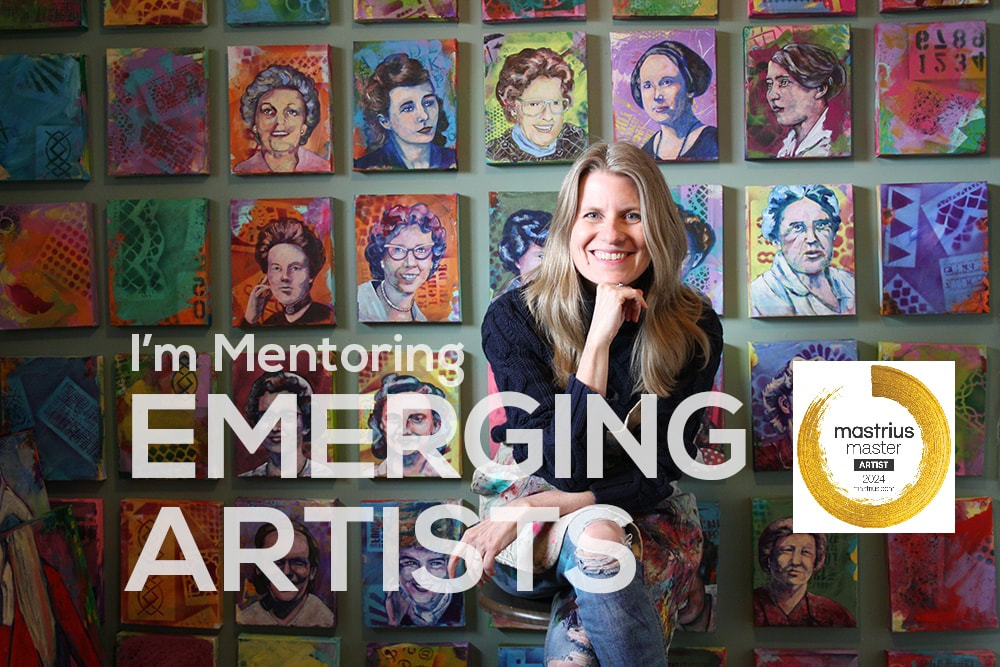A girl should command attention, not suffer it. Ami McKay, novelist, journalist (born in Indiana, USA 1968). Born and raised in rural Indiana, Ami McKay began her career as a music teacher after earning an undergraduate degree in music education and a graduate degree in musicology at Indiana State University. Upon completing her degrees McKay moved to Chicago to teach music at an inner-city high school for the arts, while writing short stories in her spare time. She fully embraced the writing life upon moving to Scots Bay, Nova Scotia in 2000, and also began writing and producing documentaries for CBC Radio. Through both her documentary work and her historical fiction, McKay has established herself as a chronicler of Canadian history and a modern storyteller.
McKay is best known for her bestselling and acclaimed first novel The Birth House (2006), which was inspired by the stories of the midwife who had previously lived in McKay's Nova Scotian home. The book weaves together traditional narrative, journal entries, letters and old advertisements to tell the story of Dora Rare, a girl born to a large family in Scots Bay in the early 20th century. As a youth Dora is taken under the wing of Marie Babineau, the local midwife, from whom she learns how to heal the sick and "catch babies". Dora's coming-of-age and midwifery training coincide with several local and worldwide tragedies, including World War I, the Halifax Explosion, and the Spanish Influenza epidemic. The tradition of midwifery in rural Scots Bay is jeopardized when a young doctor arrives with new ideas focused on science rather than tradition, and threatens to displace Dora and the generations of knowledge she possesses. The ensuing struggle between Dora and the doctor illustrates tensions between new and old, masculine and feminine, traditional and modern. The Birth House has become a favourite among women's book clubs, not only because of the story itself but also because of how it invites discussion on the status of women and the continuing struggle by contemporary women for the right to make choices involving their own bodies, from abortion, to birth control, to breastfeeding. The Birth House received several awards, including Canadian Booksellers Association Libris Awards for author of the year and fiction book of the year in 2007. It was on the longlist of the 2007 International IMPAC Dublin Literary Award, and appeared on both Quill and Quire and the Toronto Star's best books of the year lists in 2007. The novel experienced a resurgence in popularity in 2011 when it was 1 of 5 finalists for the 10th anniversary of CBC's Canada Reads, the broadcaster's annual "battle of the books" competition. In The Virgin Cure (2012), her second novel, McKay switches settings to that of Manhattan in the late 1800s. Inspired in part by McKay's research into her own great-great grandmother, a physician who was one of the first graduates of the Women's Medical College of the New York Infirmary for Indigent Women and Children, the narrative presents the lives of the diseased and impoverished of New York City and those who assist and exploit them. McKay focuses particularly on the young women sold into lives of prostitution; her protagonist, a young street girl named Moth, surveys the damage done to countless women in the quest for "the virgin cure" for venereal disease, and searches for an alternative to the life to which she was born. McKay has also gained accolades for her work in journalism, receiving an Atlantic Journalism Award and a Gabriel Award nomination for her feature documentary Daughter of Family G in 2003. Her play Jerome: The Historical Spectacle (2008), the story of a legless man who was found washed ashore on the Nova Scotian coast and lived out his life as a circus freak-show act, was first staged by Two Planks and a Passion Theatre Company at the Ross Creek Centre for the Arts in Nova Scotia in 2008. ~ Suzanne Gardner, The Canadian Encyclopedia Comments are closed.
|
|




